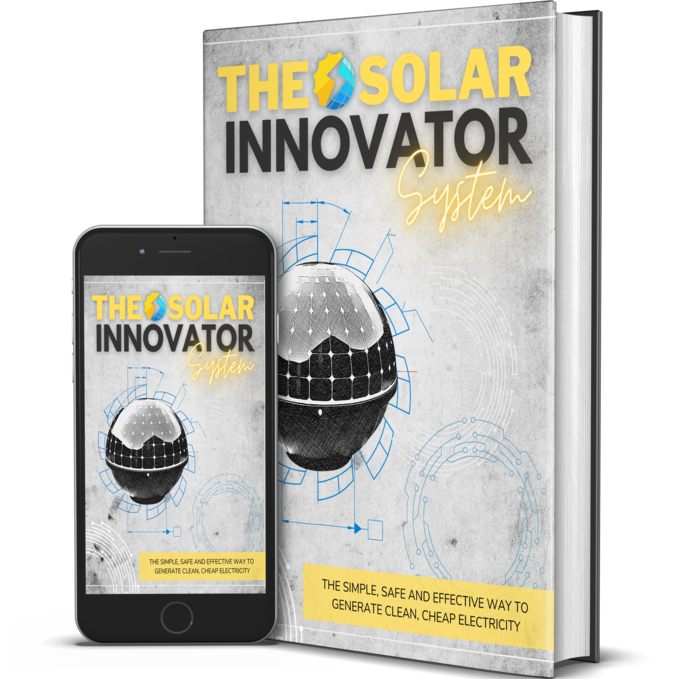For the past two decades, solar has been framed as a simple equation: put panels on your roof, generate clean power, and watch your electric bill shrink. It’s a satisfying story—clear, logical, and easy to sell.
But beneath that story lies a quieter truth. Most solar setups are designed with the past in mind, not the future. They reduce costs, yes, but they also lock households into a system that doesn’t fully reflect the way energy is changing around us.
And that disconnect has consequences.
The Solar Gap We Don’t Talk About
Here’s the tension: solar adoption has soared, yet frustration lingers. Many homeowners discover that panels alone don’t give them the independence, resilience, or long-term savings they imagined.
Why? Because energy is not just about generation. It’s about storage, efficiency, adaptability, and how each piece of the system works together. Panels may be the most visible part of the solution, but they’re only one piece of a larger puzzle.
Think of it this way: if your home’s energy system is a body, panels are like muscles. They provide power, but without the nervous system—the intelligence and adaptability—they can’t respond to changing conditions.
That gap between raw production and smart integration is where most frustrations in solar come from.
The Myth of “Set It and Forget It”
We’ve been conditioned to see solar as a one-time fix. Install, connect, forget. But the reality is more dynamic. Sunlight isn’t constant. Demand fluctuates. Utility rules shift. And global energy costs keep moving in unpredictable ways.
Relying on panels alone is like buying a car without ever upgrading the engine or software—it works, but it quickly feels outdated.
The households that thrive in the energy transition will be the ones who understand that solar is not just a purchase—it’s a platform. A foundation for building smarter, more resilient systems that can grow with future needs.
A Different Question to Ask
Instead of asking “Should I go solar?”, a more powerful question is:
“How can I make solar work harder for me?”
That shift in thinking changes everything. It moves the conversation from short-term savings to long-term transformation. It reframes solar not as a finish line, but as the starting point for innovation.
And this is where new solutions are beginning to emerge—solutions designed to close the solar gap by making existing systems more adaptive, efficient, and future-proof.
Enter the Quiet Innovators
While the mainstream conversation still focuses on panel prices and payback timelines, a wave of innovators is quietly building tools that go beyond the panel. These solutions don’t always get the headlines, but they address the frustrations that panels alone can’t fix: wasted energy, missed savings, and lack of control.
One example is Solar Innovator—a technology designed to optimize how solar integrates into daily life. Instead of simply capturing sunlight, it helps households leverage that power more intelligently, reducing dependency on the grid and stretching the value of every kilowatt.
It’s not about replacing panels. It’s about making them smarter, sharper, and more capable of meeting the real challenges of modern energy use.
Why This Shift Matters
Energy independence isn’t just a financial issue—it’s an emotional one. People want to feel secure when storms knock out the grid. They want to feel wise when bills arrive in the mail. And increasingly, they want to feel aligned with the bigger picture of sustainability without sacrificing practicality.
That’s why this next chapter of solar matters. It moves us beyond the surface promise of lower costs toward something deeper: resilience, adaptability, and a sense of control in a world that feels increasingly unstable.
When technology like Solar Innovator steps in, it doesn’t just fine-tune numbers on a bill—it rewrites the story homeowners tell themselves about energy. Instead of being passive consumers, they become active participants in shaping their own future.
The Window of Timing
The question, then, isn’t whether solar works—it does. The real question is whether your system is working as hard as it could.
That’s where timing comes in. Energy costs won’t wait. Utility policies won’t wait. And innovation rarely rewards those who hesitate. The households that move first in adopting smarter solar solutions often capture the greatest gains, simply because they learn faster and benefit sooner.
Which leaves us here: at a crossroads between sticking with the solar story we’ve been sold, or stepping into a more adaptive version of what solar can be.
Final Thought
Solar isn’t broken. It’s incomplete. The real revolution isn’t more panels—it’s smarter systems. The innovators building that future aren’t making noise, but their impact will be impossible to ignore.
If you’ve ever wondered whether your solar setup could be working harder for you, now is the moment to find out.
👉 Discover how Solar Innovator transforms what solar can do—before the next wave of change leaves older systems behind.




